Josh Tomlin - Right-handed Pitcher Born: 10/19/1984 - Height: 6'1" - Weight: 195 - Bats: Right - Throws: Right
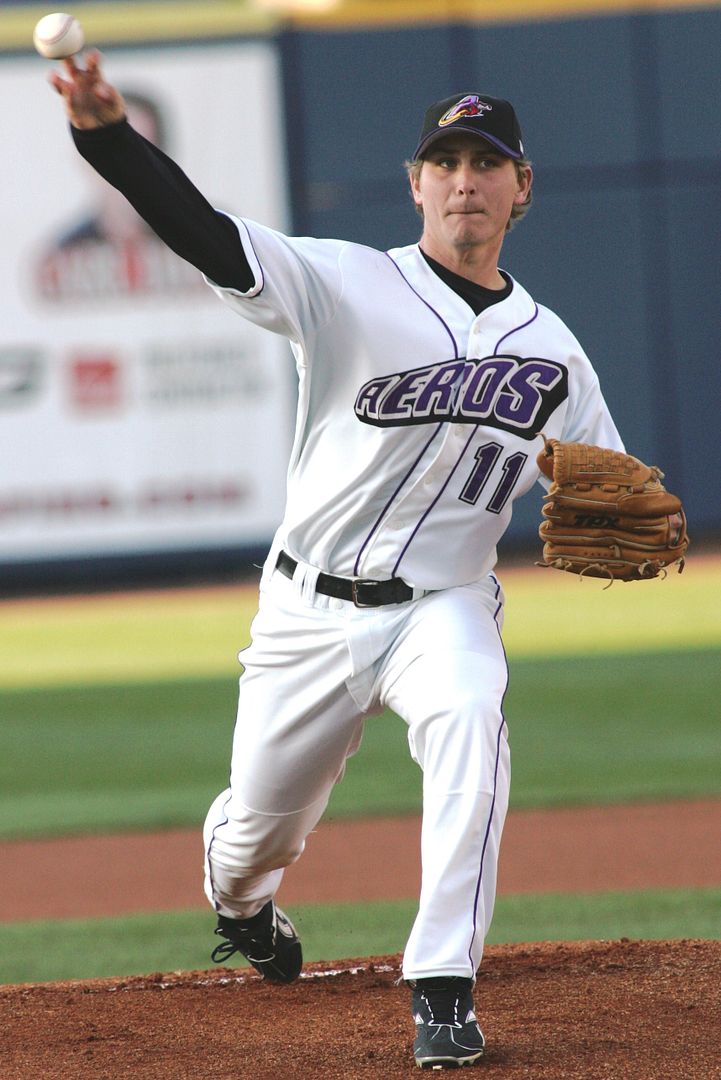 History: Tomlin was selected by the Indians in the 19th round of the 2006 Draft out of Texas Tech. He grew up in East Texas and went to Angelina Junior College before transferring to Texas Tech. A sprained ulnar collateral ligament in his pitching elbow in 2006 sidelined him for six weeks and ultimately hurt his status for the draft where he slid to the Indians in the 19th round. Last year at Double-A Akron he finished the year ranked 11th in the Eastern League in ERA (4.16), 1st in wins (14), 2nd in strikeouts (125) and 2nd in WHIP (1.21). He also became just the third pitcher in Akron history with 14 or more wins in a season, joining Paul Byrd (14 wins in 1992) and single-season leader Adam Miller (15 wins in 2006). In his two starts in the Eastern League Playoffs he was 2-0 with a 1.93 ERA, going 14.0 innings and allowing just eight hits, no walks, and racking up 15 strikeouts.
History: Tomlin was selected by the Indians in the 19th round of the 2006 Draft out of Texas Tech. He grew up in East Texas and went to Angelina Junior College before transferring to Texas Tech. A sprained ulnar collateral ligament in his pitching elbow in 2006 sidelined him for six weeks and ultimately hurt his status for the draft where he slid to the Indians in the 19th round. Last year at Double-A Akron he finished the year ranked 11th in the Eastern League in ERA (4.16), 1st in wins (14), 2nd in strikeouts (125) and 2nd in WHIP (1.21). He also became just the third pitcher in Akron history with 14 or more wins in a season, joining Paul Byrd (14 wins in 1992) and single-season leader Adam Miller (15 wins in 2006). In his two starts in the Eastern League Playoffs he was 2-0 with a 1.93 ERA, going 14.0 innings and allowing just eight hits, no walks, and racking up 15 strikeouts.
Strengths & Opportunities: Tomlin is a performer with an incredible knack for putting up consistent stats and winning ballgames. He features a four pitch mix of a fastball, slider, curveball, and changeup, with his fastball consistently sitting in the low 90s and has flashed 93 MPH. He actually has two different fastball velocities depending on his role, as when he starts it typically sits in the 88-91 MPH range, but as a reliever it kicks up to a consistent 90-93 MPH because he can air it out a little more going just one to two innings an outing. His above average slider sits at 83-84 MPH and he has improved by leaps and bounds where it has good depth and tilt and has become a strikeout pitch for him and is considered a major league pitch. He has shown an ability to command an emerging curveball which sits around 73-75 MPH. That separation in velocity from the fastball to his curveball and ability to command both pitches is a deadly combination to use against opposing hitters. The curveball has proven to be an effective groundball and contact pitch when needed and also to put hitters away with. His changeup is an average pitch that sits around 75-78 MPH, but it continues to show improvement and is a quality pitch in his arsenal.
Tomlin is not an overpowering pitcher and he doesn't have great stuff, but he knows how to pitch, change speeds, and keep the ball down in the zone. His ability to command and locate all of his pitches and pound the zone with strikes makes his stuff very effective and play up. He works quickly and shows a great feel for pitching. The key to his success has been his precise control he has with his fastball to both sides of the plate, and his ability to keep hitters off balance with his secondary pitches. His strike-throwing mentality is something he credits to his former college coach Jeff Livin at Angelina Community College in Lufkin, Texas. Another key for him is his maturity on the mound and his willingness to go right after hitters and not be afraid to pitch to contact. He is a former shortstop, and that athleticism shows not only on the mound with his agility, but also in the way he shows exceptional versatility to pitch in any role be it as a starter, long man, middle reliever, or backend reliever. He has an impressive work ethic with great makeup, and has shown an ability to make quick adjustments.
Tomlin still has several things he is working on fine tuning to make him more effective and consistent as a pitcher. He is still working diligently with Indians coaches on improving his slider command and velocity as well as staying taller to throw the ball more on a more downhill plane towards home plate. Another area of focus is getting him to improve on throwing all of his pitches for a strike in the bottom half of the zone and work both sides of the plate with all of his pitches. He knows that with the lack of a true out pitch and dominating stuff his success will largely be determined on how well he can paint the corners and throw consistent, quality strikes. He is working on throwing more changeups to right-handers as a show-me pitch so he can throw his cutter away. He also is still working on some improvements with his delivery and harnessing the control of his fastball a little more. He needs to get out in front of the ball, finish his pitches, and stay balanced by using his legs more. His curveball still needs a little tightening up as well.
Outlook: Tomlin is one of the Indians better pitching prospects often overlooked mostly because he doesn't have dominating stuff and that he has gone back forth between the bullpen and starting rotation during his four year Indians career. He has proven his worth as a versatile, durable, and very athletic pitcher who could pitch in just about any role on a pitching staff. With his continued growth as a pitcher, he has gone from being a depth option in the minor leagues to now a legitimate back of the rotation or bullpen option in the big leagues in the near future. He should open the 2010 season in the bullpen or starting rotation for Triple-A Columbus.
Photo courtesy of Ken Carr
Josh Tomlin MinorLeagueBaseball.com page
Josh Tomlin Baseball-Reference page
Josh Tomlin MinorLeagueSplits.com page
Josh Tomlin Pitching:
| Year | Age | Team | Lvl | W | L | ERA | G | GS | IP | H | ER | HR | BB | SO | Avg | BB/9 | K/9 | WHIP |
| 2006 | 21 | Mahoning Vy | A- | 8 | 2 | 2.09 | 15 | 15 | 77.1 | 56 | 18 | 5 | 15 | 69 | .196 | 1.8 | 8.05 | 0.92 |
| 2007 | 22 | Lake County | A | 10 | 3 | 3.3 | 26 | 15 | 103.2 | 103 | 38 | 10 | 19 | 89 | .255 | 1.7 | 7.76 | 1.18 |
| 2007 | 22 | Kinston | A+ | 1 | 1 | 3.58 | 6 | 5 | 27.2 | 24 | 11 | 0 | 12 | 20 | .231 | 4.0 | 6.62 | 1.32 |
| 2008 | 23 | Buffalo | AAA | 1 | 0 | 3.86 | 1 | 1 | 7.0 | 6 | 3 | 2 | 1 | 3 | .250 | 1.3 | 3.86 | 1.00 |
| 2008 | 23 | Kinston | A+ | 9 | 5 | 2.98 | 40 | 9 | 102.2 | 82 | 34 | 10 | 16 | 109 | .222 | 1.4 | 9.60 | 0.96 |
| 2009 | 24 | Akron | AA | 14 | 9 | 4.16 | 26 | 25 | 145.0 | 149 | 67 | 21 | 27 | 125 | .266 | 1.7 | 7.76 | 1.21 |
| Totals | 43 | 20 | 3.32 | 114 | 70 | 463.1 | 420 | 171 | 48 | 90 | 415 | .240 | 1.7 | 8.07 | 1.10 |
 History: Tomlin was selected by the Indians in the 19th round of the 2006 Draft out of Texas Tech. He grew up in East Texas and went to Angelina Junior College before transferring to Texas Tech. A sprained ulnar collateral ligament in his pitching elbow in 2006 sidelined him for six weeks and ultimately hurt his status for the draft where he slid to the Indians in the 19th round. Last year at Double-A Akron he finished the year ranked 11th in the Eastern League in ERA (4.16), 1st in wins (14), 2nd in strikeouts (125) and 2nd in WHIP (1.21). He also became just the third pitcher in Akron history with 14 or more wins in a season, joining Paul Byrd (14 wins in 1992) and single-season leader Adam Miller (15 wins in 2006). In his two starts in the Eastern League Playoffs he was 2-0 with a 1.93 ERA, going 14.0 innings and allowing just eight hits, no walks, and racking up 15 strikeouts.
History: Tomlin was selected by the Indians in the 19th round of the 2006 Draft out of Texas Tech. He grew up in East Texas and went to Angelina Junior College before transferring to Texas Tech. A sprained ulnar collateral ligament in his pitching elbow in 2006 sidelined him for six weeks and ultimately hurt his status for the draft where he slid to the Indians in the 19th round. Last year at Double-A Akron he finished the year ranked 11th in the Eastern League in ERA (4.16), 1st in wins (14), 2nd in strikeouts (125) and 2nd in WHIP (1.21). He also became just the third pitcher in Akron history with 14 or more wins in a season, joining Paul Byrd (14 wins in 1992) and single-season leader Adam Miller (15 wins in 2006). In his two starts in the Eastern League Playoffs he was 2-0 with a 1.93 ERA, going 14.0 innings and allowing just eight hits, no walks, and racking up 15 strikeouts.Strengths & Opportunities: Tomlin is a performer with an incredible knack for putting up consistent stats and winning ballgames. He features a four pitch mix of a fastball, slider, curveball, and changeup, with his fastball consistently sitting in the low 90s and has flashed 93 MPH. He actually has two different fastball velocities depending on his role, as when he starts it typically sits in the 88-91 MPH range, but as a reliever it kicks up to a consistent 90-93 MPH because he can air it out a little more going just one to two innings an outing. His above average slider sits at 83-84 MPH and he has improved by leaps and bounds where it has good depth and tilt and has become a strikeout pitch for him and is considered a major league pitch. He has shown an ability to command an emerging curveball which sits around 73-75 MPH. That separation in velocity from the fastball to his curveball and ability to command both pitches is a deadly combination to use against opposing hitters. The curveball has proven to be an effective groundball and contact pitch when needed and also to put hitters away with. His changeup is an average pitch that sits around 75-78 MPH, but it continues to show improvement and is a quality pitch in his arsenal.
Tomlin is not an overpowering pitcher and he doesn't have great stuff, but he knows how to pitch, change speeds, and keep the ball down in the zone. His ability to command and locate all of his pitches and pound the zone with strikes makes his stuff very effective and play up. He works quickly and shows a great feel for pitching. The key to his success has been his precise control he has with his fastball to both sides of the plate, and his ability to keep hitters off balance with his secondary pitches. His strike-throwing mentality is something he credits to his former college coach Jeff Livin at Angelina Community College in Lufkin, Texas. Another key for him is his maturity on the mound and his willingness to go right after hitters and not be afraid to pitch to contact. He is a former shortstop, and that athleticism shows not only on the mound with his agility, but also in the way he shows exceptional versatility to pitch in any role be it as a starter, long man, middle reliever, or backend reliever. He has an impressive work ethic with great makeup, and has shown an ability to make quick adjustments.
Tomlin still has several things he is working on fine tuning to make him more effective and consistent as a pitcher. He is still working diligently with Indians coaches on improving his slider command and velocity as well as staying taller to throw the ball more on a more downhill plane towards home plate. Another area of focus is getting him to improve on throwing all of his pitches for a strike in the bottom half of the zone and work both sides of the plate with all of his pitches. He knows that with the lack of a true out pitch and dominating stuff his success will largely be determined on how well he can paint the corners and throw consistent, quality strikes. He is working on throwing more changeups to right-handers as a show-me pitch so he can throw his cutter away. He also is still working on some improvements with his delivery and harnessing the control of his fastball a little more. He needs to get out in front of the ball, finish his pitches, and stay balanced by using his legs more. His curveball still needs a little tightening up as well.
Outlook: Tomlin is one of the Indians better pitching prospects often overlooked mostly because he doesn't have dominating stuff and that he has gone back forth between the bullpen and starting rotation during his four year Indians career. He has proven his worth as a versatile, durable, and very athletic pitcher who could pitch in just about any role on a pitching staff. With his continued growth as a pitcher, he has gone from being a depth option in the minor leagues to now a legitimate back of the rotation or bullpen option in the big leagues in the near future. He should open the 2010 season in the bullpen or starting rotation for Triple-A Columbus.
Photo courtesy of Ken Carr
Josh Tomlin MinorLeagueBaseball.com page
Josh Tomlin Baseball-Reference page
Josh Tomlin MinorLeagueSplits.com page
Josh Tomlin Pitching:





 History: Henry was selected by the Indians in the 7th round of the 2009 Draft out of the University of Mississippi. After his sophomore season in college in 2008 he played out in the Cape Cod League in the summer and hit .335 with 0 HR and 16 RBI, and led the league in runs scored (42) and was third in stolen bases (12). Last year as a junior at Mississippi he hit .343 with 0 HR, 31 RBI, and an .869 OPS in 63 games. He also had an amazing 56 walk to 22 strikeout ratio. In his professional debut at short-season Single-A Mahoning Valley he finished the season ranked 1st in the NY-Penn League in on-base percentage (.408), 2nd in runs (48), 2nd in walks (49), and 6th in stolen bases (22). His brother Justin Henry - who is three years older - is in the Detroit Tigers system and played in High-A last year.
History: Henry was selected by the Indians in the 7th round of the 2009 Draft out of the University of Mississippi. After his sophomore season in college in 2008 he played out in the Cape Cod League in the summer and hit .335 with 0 HR and 16 RBI, and led the league in runs scored (42) and was third in stolen bases (12). Last year as a junior at Mississippi he hit .343 with 0 HR, 31 RBI, and an .869 OPS in 63 games. He also had an amazing 56 walk to 22 strikeout ratio. In his professional debut at short-season Single-A Mahoning Valley he finished the season ranked 1st in the NY-Penn League in on-base percentage (.408), 2nd in runs (48), 2nd in walks (49), and 6th in stolen bases (22). His brother Justin Henry - who is three years older - is in the Detroit Tigers system and played in High-A last year.
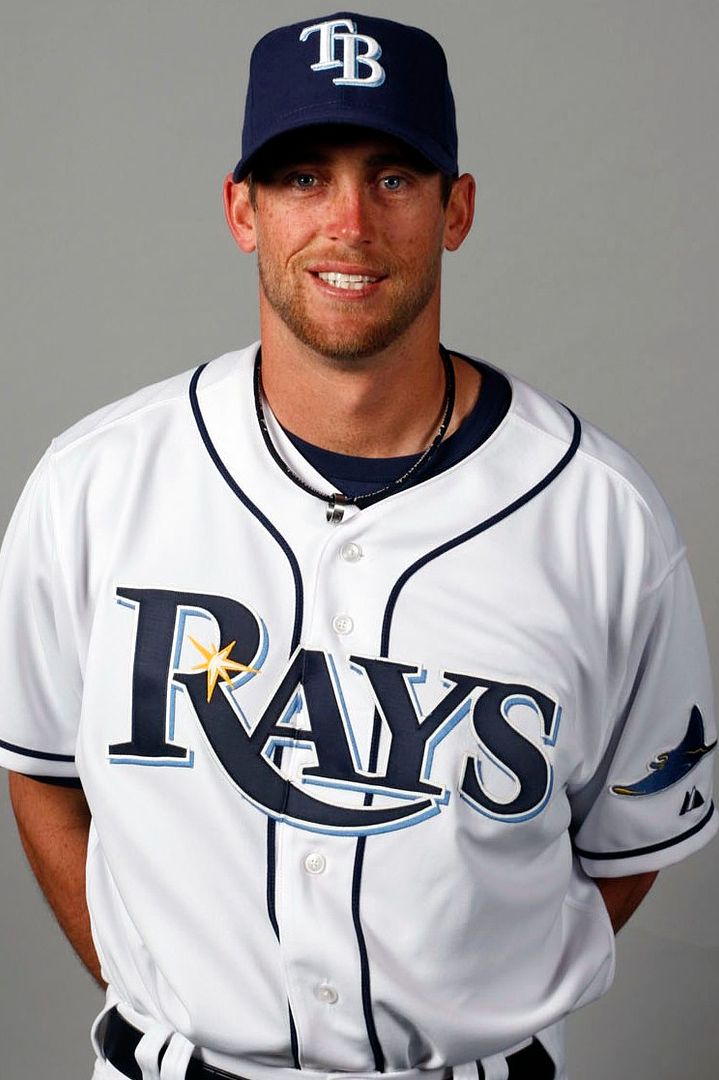 History: Talbot was selected by the Houston Astros in the 2nd round of the 2002 Draft out of Canyon View High School (UT). He was traded in July of 2006 to Tampa Bay in a deal that brought Aubrey Huff to Houston. The Indians acquired him from Tampa Bay in December of 2009 as the player to be named later in the Kelly Shoppach trade. He made his big league debut for the Rays in 2008, making just three appearances.
History: Talbot was selected by the Houston Astros in the 2nd round of the 2002 Draft out of Canyon View High School (UT). He was traded in July of 2006 to Tampa Bay in a deal that brought Aubrey Huff to Houston. The Indians acquired him from Tampa Bay in December of 2009 as the player to be named later in the Kelly Shoppach trade. He made his big league debut for the Rays in 2008, making just three appearances.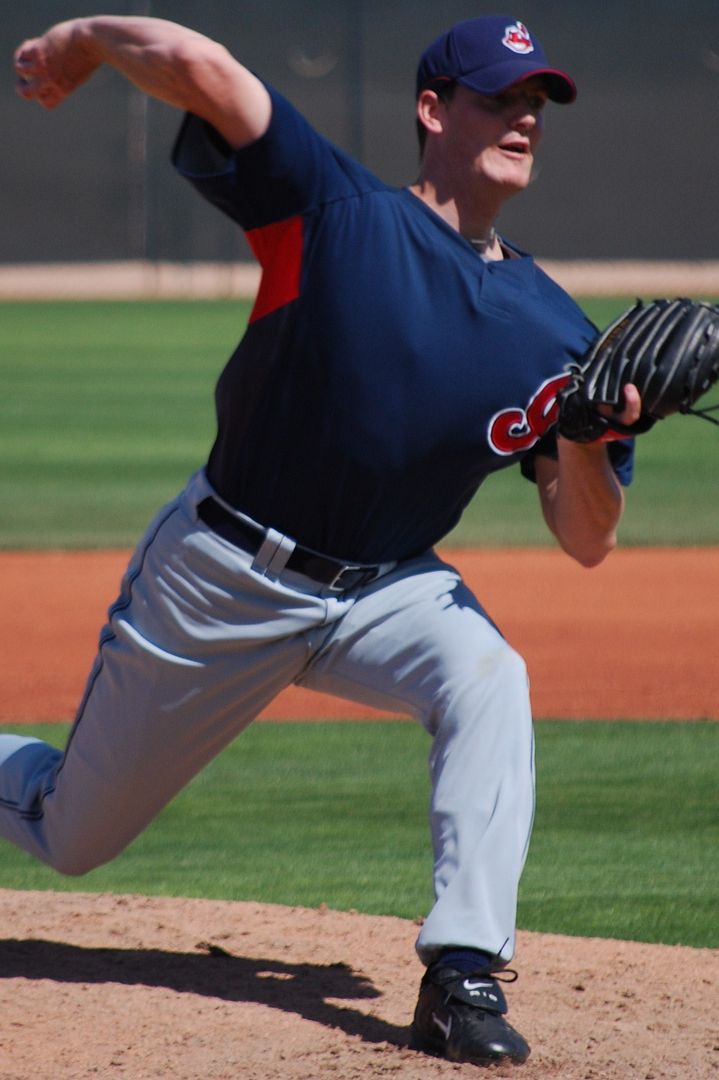 History: Popham was selected by the Indians in the 20th round of the 2008 Draft out of Union College (KY). His 17 wins in 2008 led the NAIA. Last year at short-season Single-A Mahoning Valley he finished 11th in the league in ERA (2.76), tied for 8th in wins (6), 2nd in strikeouts (83), and 13th in WHIP (1.13).
History: Popham was selected by the Indians in the 20th round of the 2008 Draft out of Union College (KY). His 17 wins in 2008 led the NAIA. Last year at short-season Single-A Mahoning Valley he finished 11th in the league in ERA (2.76), tied for 8th in wins (6), 2nd in strikeouts (83), and 13th in WHIP (1.13). History: Bryson was selected by the Milwaukee Brewers in the 31st round of the 2006 Draft out of William Penn High School (DE). In the last year of its existence due to changes in the CBA, Bryson was one of the biggest draft-and-follow signings in May 2007 when he signed for $300,000. He was acquired by the Indians in July of 2008 as part of a four player package the Indians received from the Brewers for C.C. Sabathia. He was sidelined late in 2008 because of a tear in his labrum and rotator cuff and required offseason surgery to repair the damage and missed almost the entire 2009 season.
History: Bryson was selected by the Milwaukee Brewers in the 31st round of the 2006 Draft out of William Penn High School (DE). In the last year of its existence due to changes in the CBA, Bryson was one of the biggest draft-and-follow signings in May 2007 when he signed for $300,000. He was acquired by the Indians in July of 2008 as part of a four player package the Indians received from the Brewers for C.C. Sabathia. He was sidelined late in 2008 because of a tear in his labrum and rotator cuff and required offseason surgery to repair the damage and missed almost the entire 2009 season.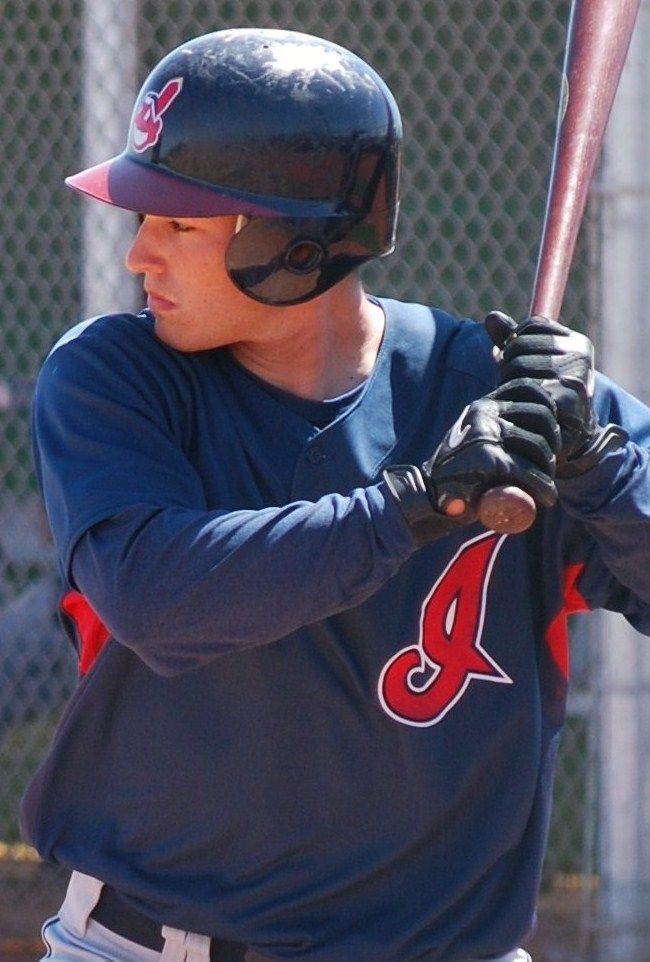 History: Greenwell was taken by the Indians in the 6th round of the 2007 Draft out of Riverdale High School (FL). He is the son of former Red Sox outfielder Mike Greenwell. He was also actually a very good football player in high school where he played quarterback and safety, but he tore his ACL going into his senior season which significantly hurt his chances at a Division-1 college football scholarship. Had he not signed with the Indians he had a scholarship to play baseball for the University of Miami, FL.
History: Greenwell was taken by the Indians in the 6th round of the 2007 Draft out of Riverdale High School (FL). He is the son of former Red Sox outfielder Mike Greenwell. He was also actually a very good football player in high school where he played quarterback and safety, but he tore his ACL going into his senior season which significantly hurt his chances at a Division-1 college football scholarship. Had he not signed with the Indians he had a scholarship to play baseball for the University of Miami, FL.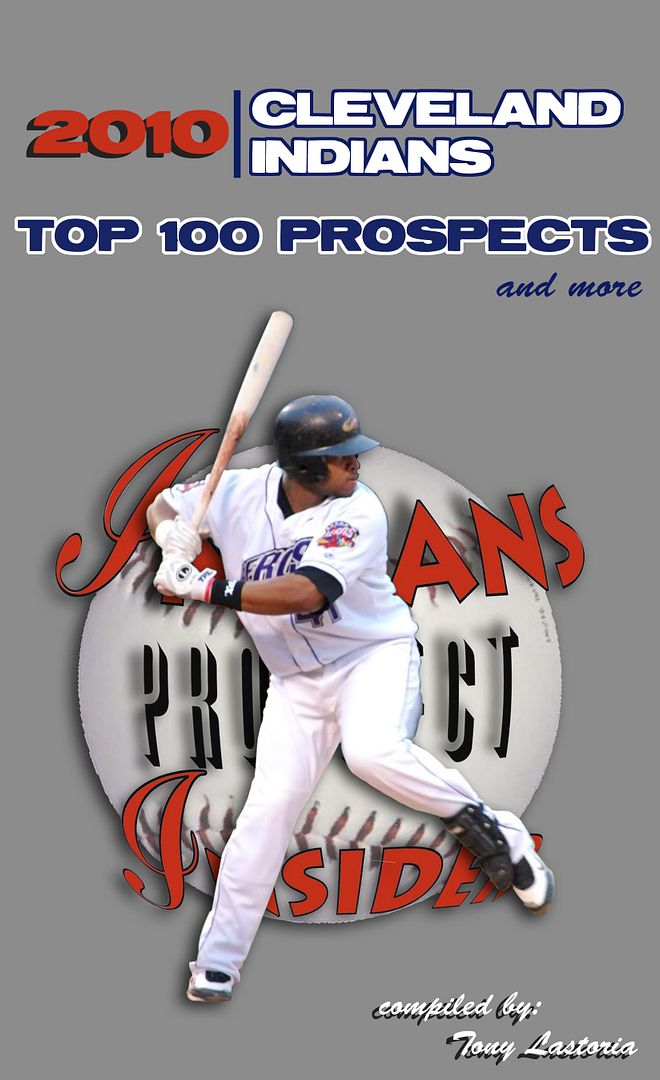
 History: Drennen was a supplemental 1st round pick by the Indians in the 2005 Draft out of Rancho Bernardo High (CA). Knowing he had a scholarship in hand to attend and play at UCLA, the Indians quickly signed him for $1 million. He has spent the better part of his five year career at High-A Kinston, playing there for parts of four seasons with two full seasons in 2007 and 2008 and parts of the 2006 and 2009 seasons.
History: Drennen was a supplemental 1st round pick by the Indians in the 2005 Draft out of Rancho Bernardo High (CA). Knowing he had a scholarship in hand to attend and play at UCLA, the Indians quickly signed him for $1 million. He has spent the better part of his five year career at High-A Kinston, playing there for parts of four seasons with two full seasons in 2007 and 2008 and parts of the 2006 and 2009 seasons. History: The Indians selected Adams in the 5th round of the 2009 Draft out of Faulkner University (AL). He was originally drafted as a shortstop in the 27th round of the 2008 Draft by the Milwaukee Brewers, but he did not sign. The Indians scouted him heavily during his college career, having seen him for the last three years prior to drafting him. He was an honorable mention NAIA All-American in 2009.
History: The Indians selected Adams in the 5th round of the 2009 Draft out of Faulkner University (AL). He was originally drafted as a shortstop in the 27th round of the 2008 Draft by the Milwaukee Brewers, but he did not sign. The Indians scouted him heavily during his college career, having seen him for the last three years prior to drafting him. He was an honorable mention NAIA All-American in 2009. History: Webb was selected by the Indians in the 10th round of the 2008 Draft out of Oklahoma State University. As a redshirt junior he signed for $100,000. After a horrendous start professionally in 2008 at short-season Mahoning Valley when he hit just .218 with 1 HR, 17 RBI and a .581 OPS in 51 games, Webb bounced back last year with a solid year at Single-A Lake County. He received a late season token callup to Columbus to help fill a roster decimated with callups in the outfield and seized the opportunity and impressed hitting .367 (11-for-30) with an .894 OPS in seven games. In the South Atlantic League, he finished 8th in hits (136), 1st in triples (12), 13th in total bases (198), and 6th in stolen bases (35).
History: Webb was selected by the Indians in the 10th round of the 2008 Draft out of Oklahoma State University. As a redshirt junior he signed for $100,000. After a horrendous start professionally in 2008 at short-season Mahoning Valley when he hit just .218 with 1 HR, 17 RBI and a .581 OPS in 51 games, Webb bounced back last year with a solid year at Single-A Lake County. He received a late season token callup to Columbus to help fill a roster decimated with callups in the outfield and seized the opportunity and impressed hitting .367 (11-for-30) with an .894 OPS in seven games. In the South Atlantic League, he finished 8th in hits (136), 1st in triples (12), 13th in total bases (198), and 6th in stolen bases (35).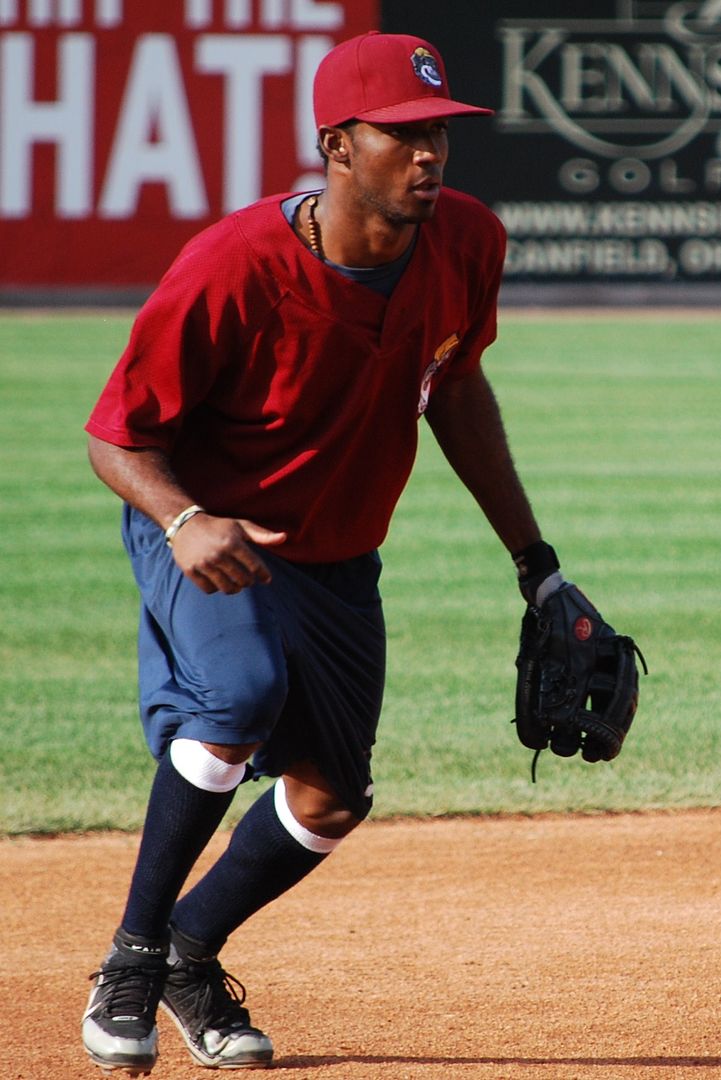
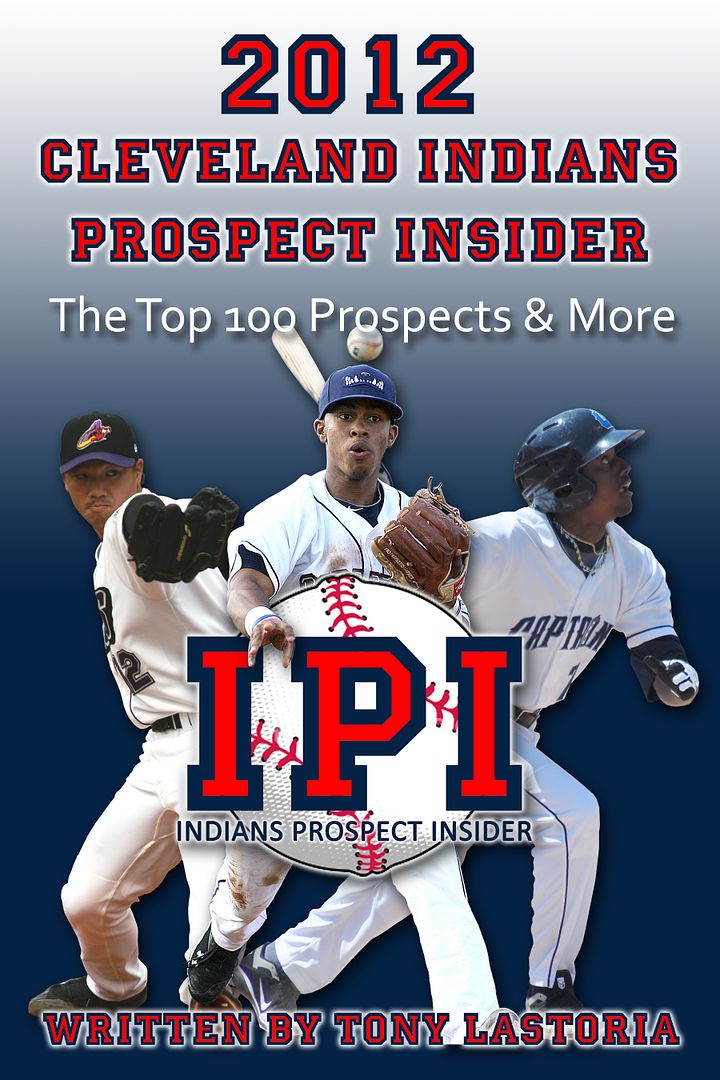
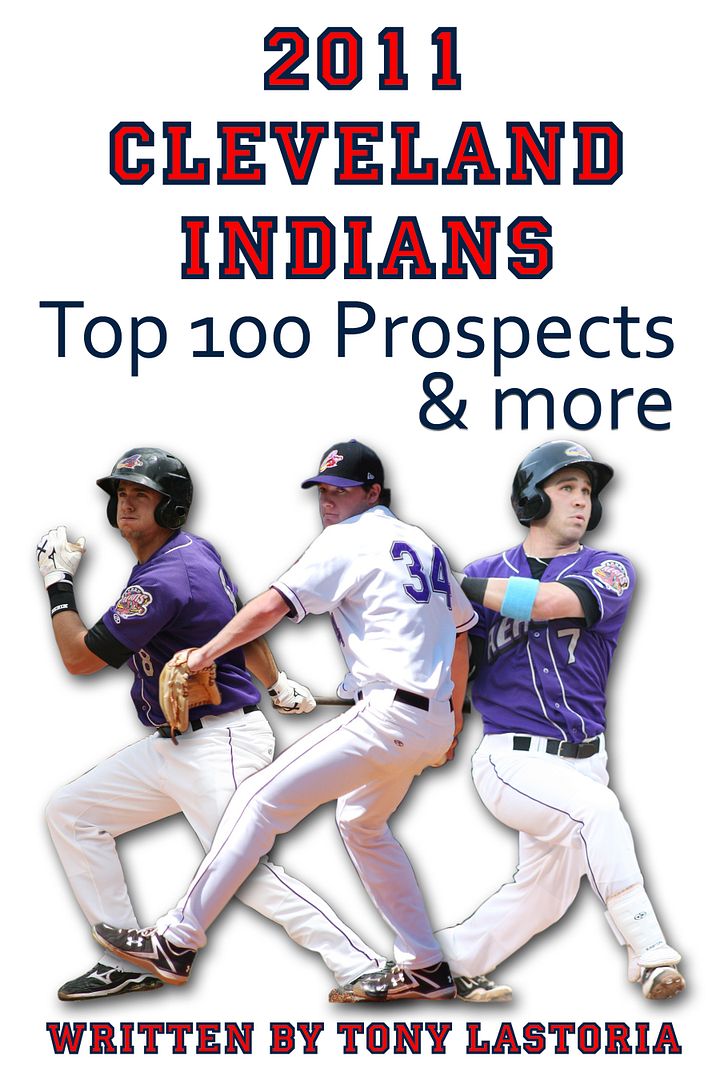

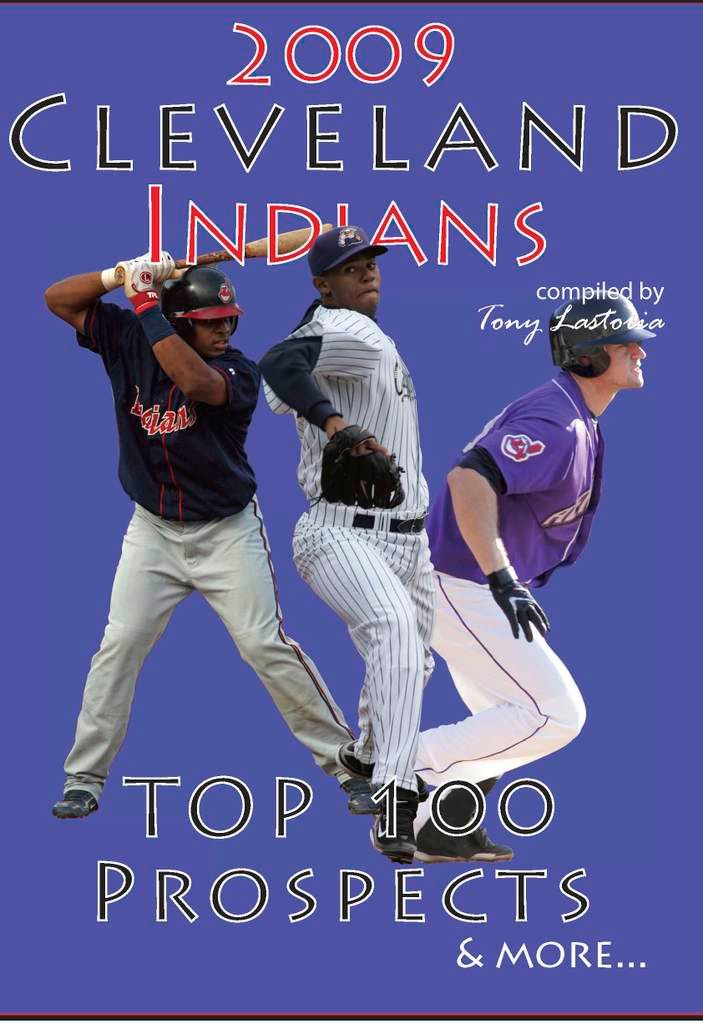
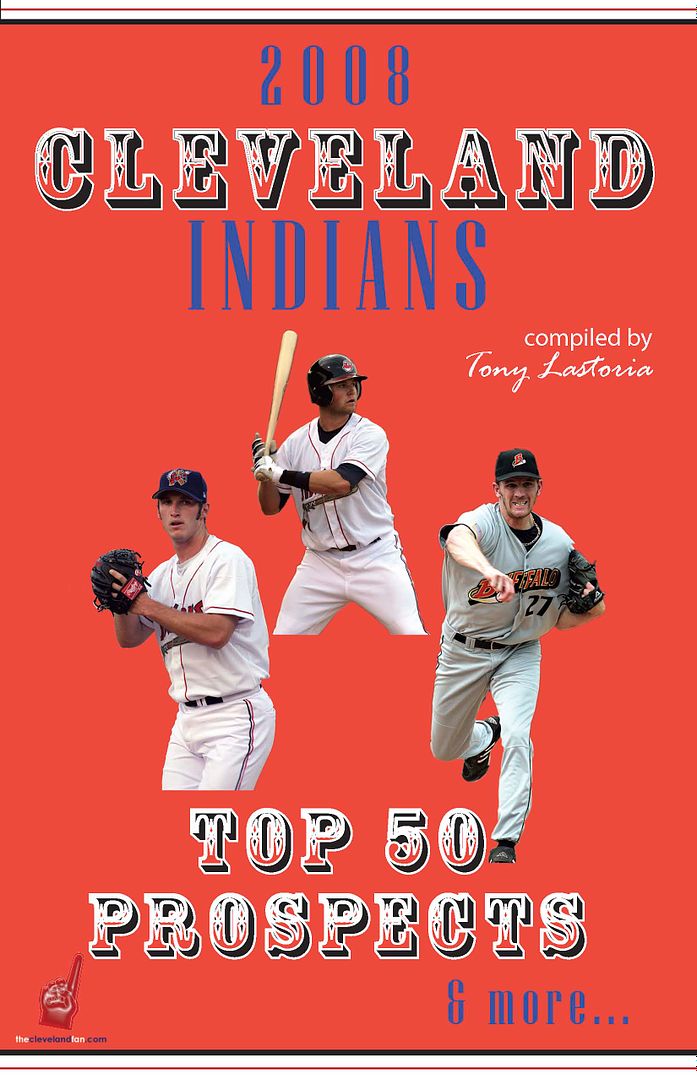
 Everything on this site is free, but for those interested in making any monetary contributions to help support the stability and growth of this site please click on the "Donate" button below.
Everything on this site is free, but for those interested in making any monetary contributions to help support the stability and growth of this site please click on the "Donate" button below.

